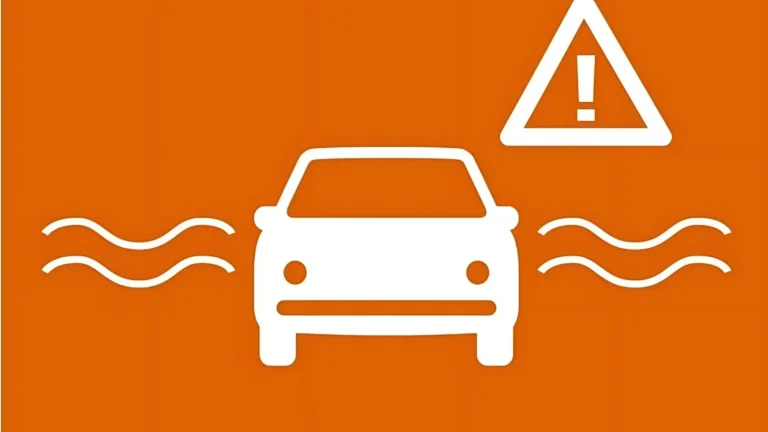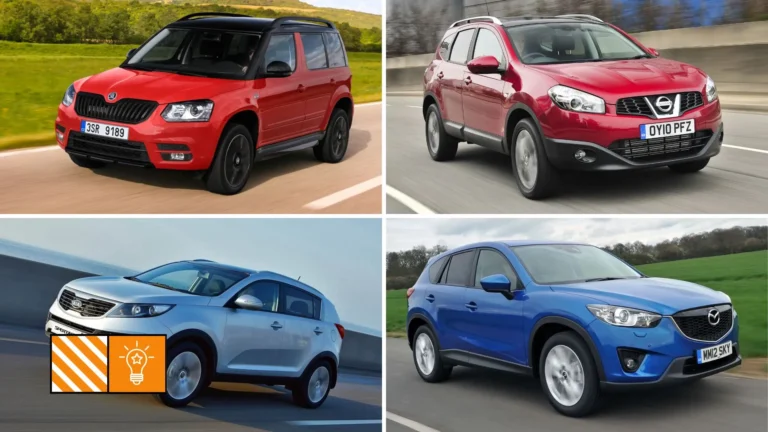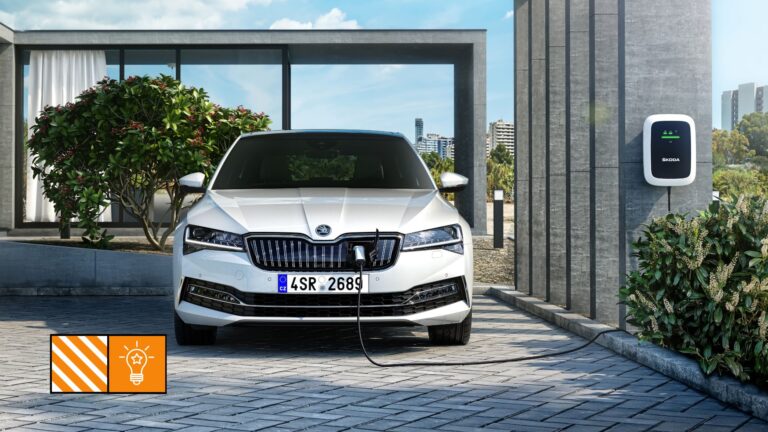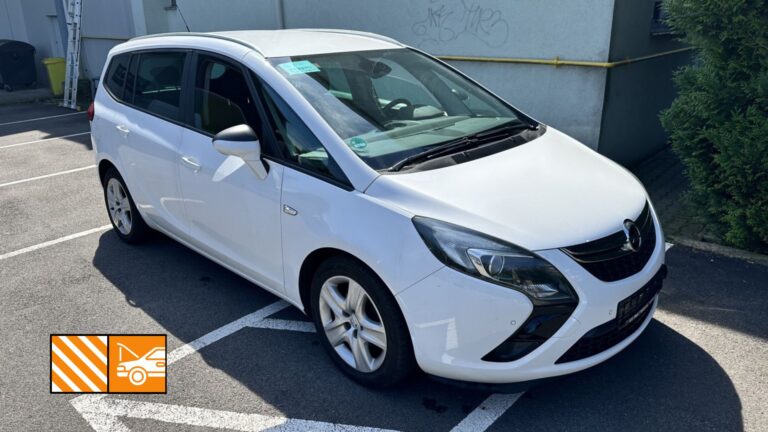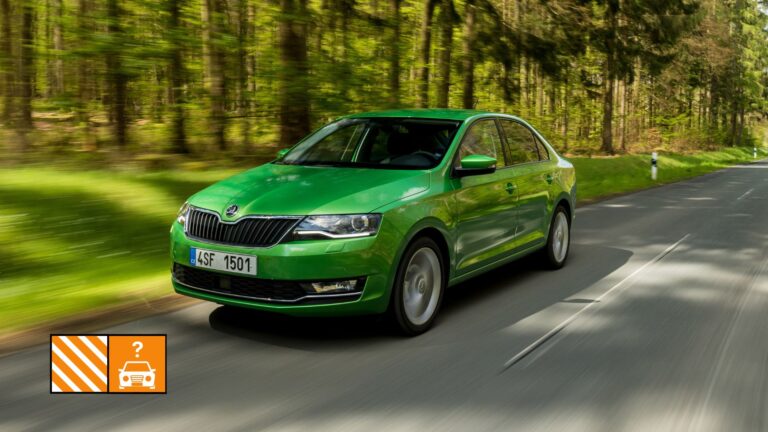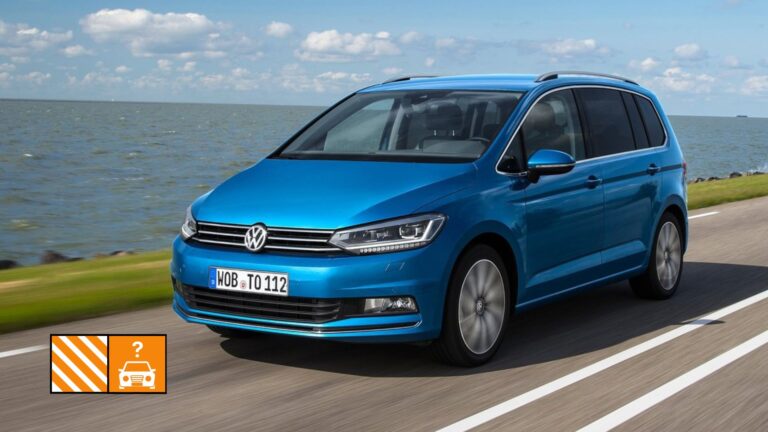Hybrid and plug-in hybrid cars – how they work and how to choose the right one
- Advice and tips
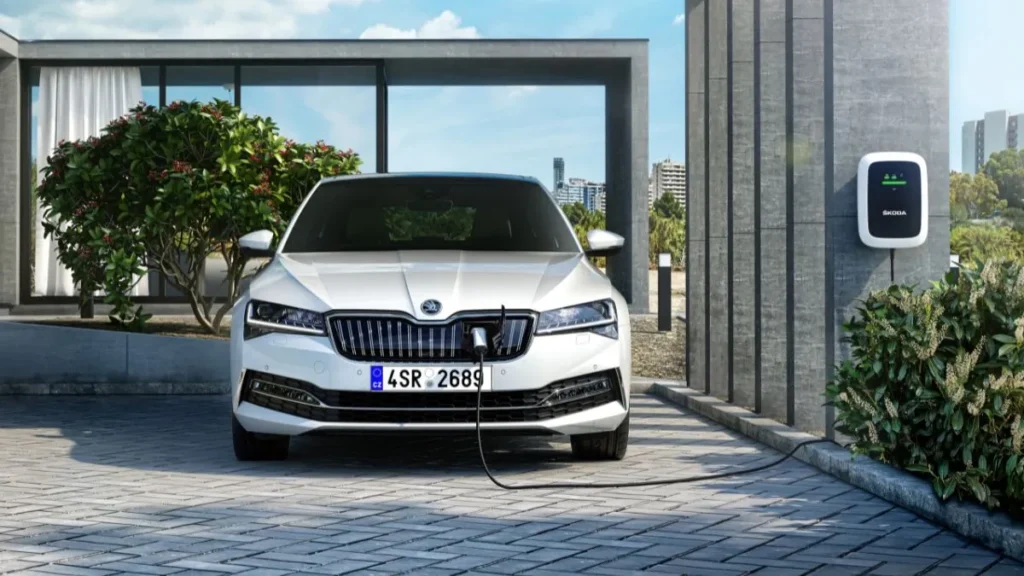
Hybrid and plug-in hybrid cars are an increasingly popular choice for those looking for a greener alternative to traditional internal combustion engines. These technologies offer a combination of the benefits of electric and internal combustion vehicles, allowing for reduced fuel consumption and emissions. In this article, we'll look at how hybrid and plug-in hybrid cars work, what their advantages and disadvantages are, and how to choose the right type for your needs. But as with any used car purchase, the focus must not only be on the selection, but also on a proper physical inspection of the car before you buy. experienced technician. so let's take a look at the article: Hybrid and plug-in hybrid cars - how they work and how to choose the right one.
How hybrid cars work
Hybrid cars combine an internal combustion engine with an electric motor, providing better fuel efficiency and lower emissions. There are two main types of hybrid systems: parallel hybrid and series hybrid.
Parallel hybrid
A parallel hybrid system can drive the wheels directly with either the combustion engine or the electric motor. The electric motor typically supports the combustion engine during starts and low-speed driving, when fuel consumption is highest. At higher speeds, the electric motor can be switched off and the vehicle is powered solely by the combustion engine. The battery in a parallel hybrid is recharged by recuperating energy during braking or from the engine.
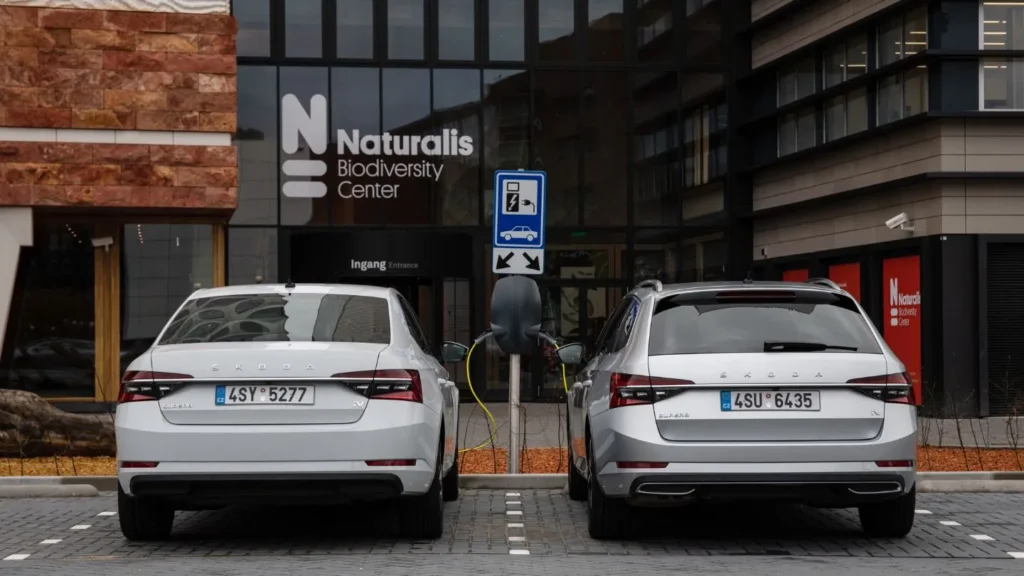
Series hybrid
In a series hybrid system, the combustion engine is used only to generate electricity, which then drives the electric motor. The wheels are driven exclusively by the electric motor. This system allows the combustion engine to be optimized for maximum efficiency. As with a parallel hybrid, the battery is recharged by recuperating energy during braking.
How plug-in hybrid cars work
Plug-in hybrid vehicles (PHEVs) have larger batteries than traditional hybrids and can be recharged from an external source, such as a wall outlet or charging station. This allows plug-in hybrids to travel longer distances on pure electric power before the combustion engine kicks in. PHEVs can operate in several modes.
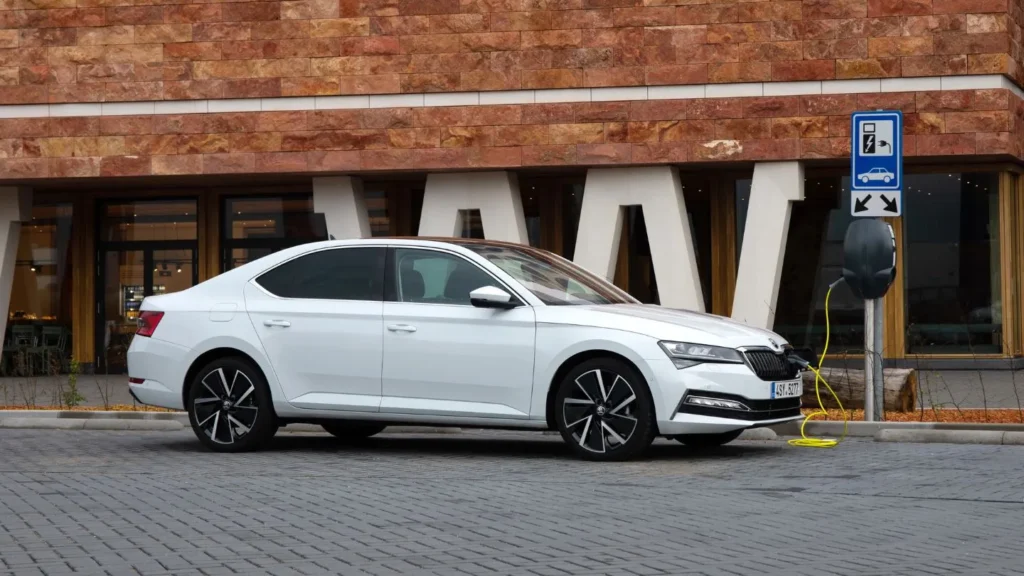
Electric mode
In electric mode, the vehicle is powered solely by the electric motor. This mode is ideal for short city trips where you can use pure electric power to minimise fuel consumption and emissions.
Hybrid mode
In hybrid mode, the electric motor and combustion engine work together. This mode is useful for longer journeys when you need to combine the advantages of both drives for optimal efficiency.
Battery saving mode
Some PHEVs allow a battery save mode that uses the combustion engine to power the vehicle and saves energy in the battery for later use, such as in city driving.
Advantages and disadvantages of hybrid and plug-in hybrid vehicles
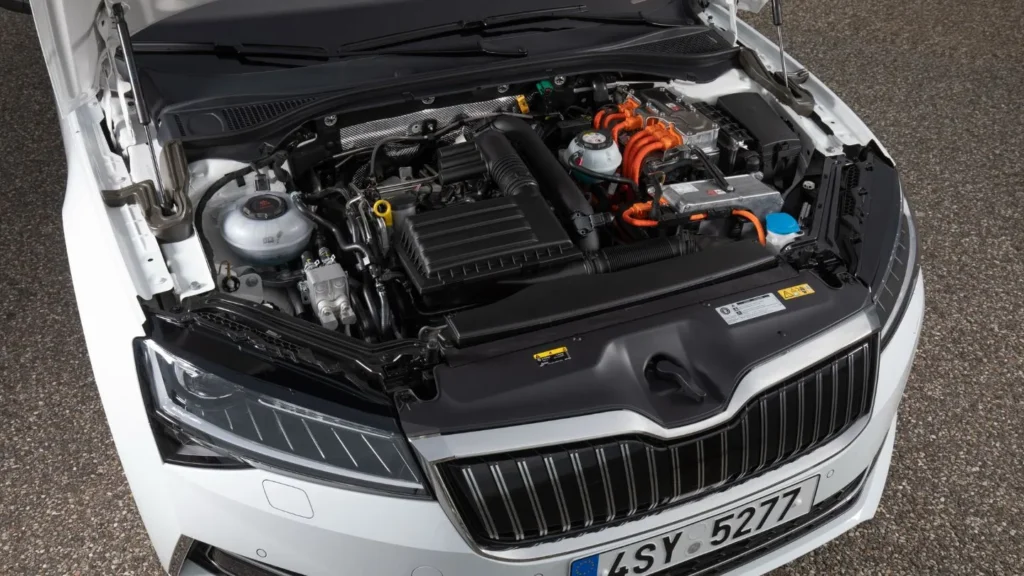
Advantages of hybrid vehicles
- lower fuel consumption
- lower CO2 emissions
- energy recovery during braking
Disadvantages of hybrid vehicles
- higher purchase price
- more complicated maintenance and repairs
Benefits of plug-in hybrid vehicles
- longer range on pure electric power
- greater flexibility thanks to the possibility of charging from an external source
- lower operating costs with regular recharging
Disadvantages of plug-in hybrid vehicles
- higher purchase price
- need for regular recharging
How to choose the right type of vehicle
Choosing between a hybrid and a plug-in hybrid vehicle depends on your individual needs and how you use the vehicle. Here are some factors to consider:
Your driving habits
If you drive mostly in the city and have the opportunity to charge the battery regularly, a plug-in hybrid may be the ideal choice for you. It will allow you to use pure electric propulsion for everyday trips and thus reduce fuel consumption to a minimum. On the other hand, if you drive longer distances and do not have access to charging infrastructure, a classic hybrid may be a better option due to its simplicity and lower maintenance requirements.
Economic considerations
When making your choice, it's also a good idea to consider the total cost of ownership, including the price of the vehicle, fuel or electricity costs, and potential savings from lower emissions. While hybrid and plug-in hybrid vehicles are more expensive to purchase, they can pay for themselves in the long run through lower running costs and fuel savings.
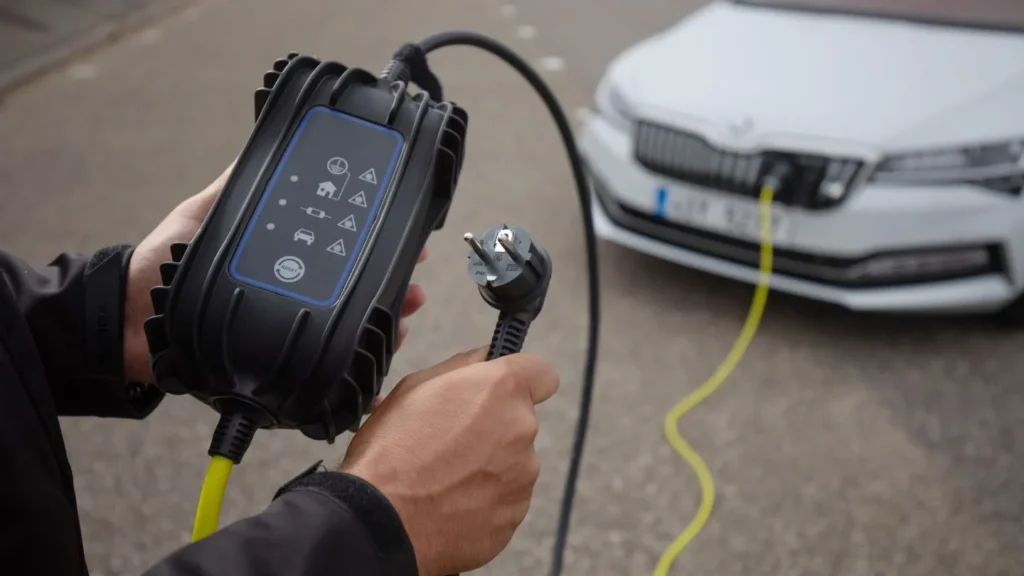
Ecological impact
If you care about reducing the environmental impact of your driving, both types of vehicles offer significant benefits. Hybrid cars reduce emissions by combining an electric motor and a combustion engine, while plug-in hybrids allow for longer driving on pure electric power, further reducing emissions.
Checking a used vehicle before buying

If you are considering buying a used hybrid or plug-in hybrid car, it is very important to have the vehicle thoroughly inspected. It is best to have this inspection carried out by an experienced technician who has the knowledge and equipment to assess the condition of both the combustion engine and the electrical components. Particular attention should be paid to the condition of the battery, which is a key component of hybrid and plug-in hybrid cars and can be very expensive to replace.
Conclusion
Hybrid and plug-in hybrid vehicles are a great alternative to traditional combustion engines, offering a combination of fuel efficiency, lower emissions and a greener driving experience. The choice between these two types of vehicles depends on your driving habits, access to charging infrastructure and economic considerations. Whether you choose a hybrid or plug-in hybrid, you can be sure that you are investing in technology that contributes to a more sustainable future of transport.
Follow us through our social networks, Don't miss any news.


